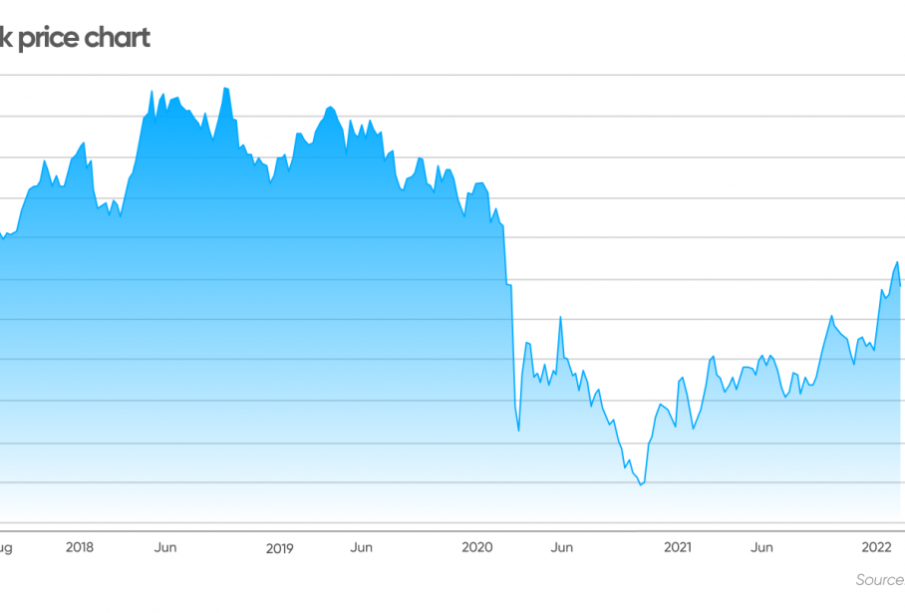Understanding BP Share Price Trends and Implications

Introduction
The share price of BP, one of the world’s leading oil and gas companies, plays a critical role in the financial markets and investment landscapes. Fluctuations in BP’s share price not only affect the company’s market capitalisation but also have broader implications for investors, energy markets, and even global economic conditions. As the world transitions to renewable energy sources, understanding the factors influencing BP’s share price becomes increasingly important for investors and analysts alike.
Recent Performance of BP Share Price
As of October 2023, BP’s share price has experienced significant volatility, reflecting the uncertainties in global oil markets and broader economic factors. Over the past six months, BP’s shares have ranged between £4.50 and £5.50, with a notable decline observed in August following the release of weaker-than-expected quarterly earnings, which highlighted challenges in upstream production and refining margins.
In contrast, the recent stabilisation of crude oil prices, averaging around $87 per barrel, has helped buoy BP’s share price. Analysts are optimistic that as the global economy rebounds post-pandemic, demand for oil and gas will increase, potentially leading to higher share prices in the long term. Additionally, BP’s commitment to transitioning towards sustainable energy sources may attract ESG-focused investors, further influencing its stock performance.
Market Influences
Multiple factors play a role in determining BP’s share price. Geopolitical tensions, such as conflicts in oil-producing regions or OPEC+ production decisions, can lead to spikes in oil prices, directly affecting BP’s profitability and investor sentiment. Furthermore, regulatory changes aimed at addressing climate change can impact how BP manages its portfolio and future investments.
Moreover, BP’s shift towards renewable energy solutions, including investments in wind and solar projects, has led some analysts to suggest a long-term growth trajectory for the share price. As BP aligns itself with global energy policies and objectives, its ability to adapt to market demands will be crucial.
Conclusion
The significance of BP’s share price extends beyond mere numbers on a stock exchange; it reflects the evolving landscape of the energy industry, investor sentiments, and global economic health. As BP navigates its transition to a more diversified energy portfolio, keeping an eye on market trends and regulatory developments will be key for stakeholders. For investors, understanding the dynamics of BP’s share price will be vital for making informed investment decisions in the ever-changing landscape of the energy market. Over the coming months, the interplay of oil prices, corporate performance, and market sentiment will likely continue to shape the narrative surrounding BP’s share price.









